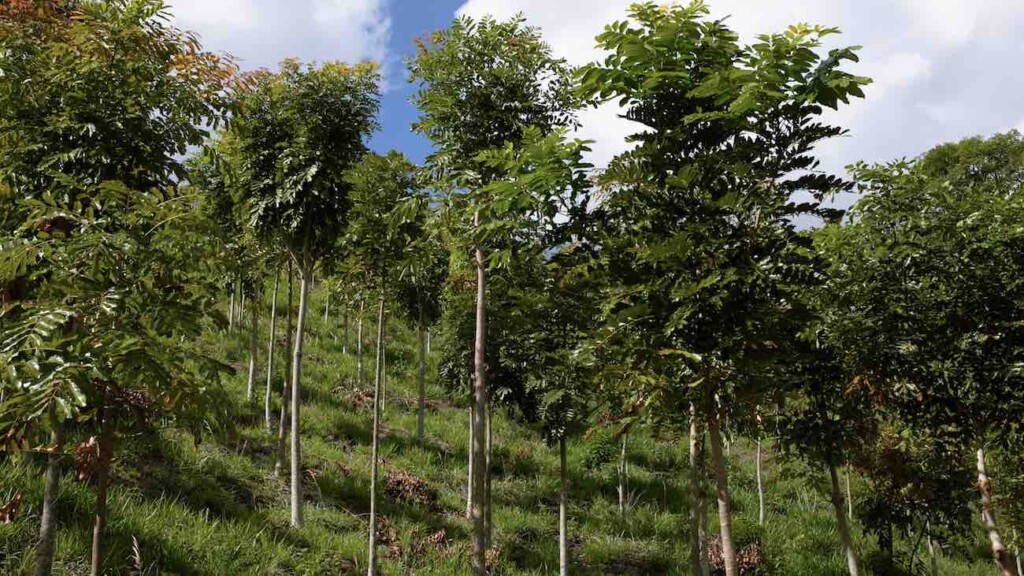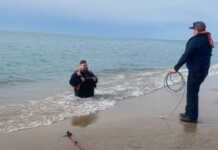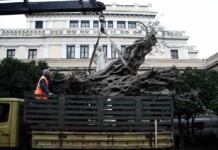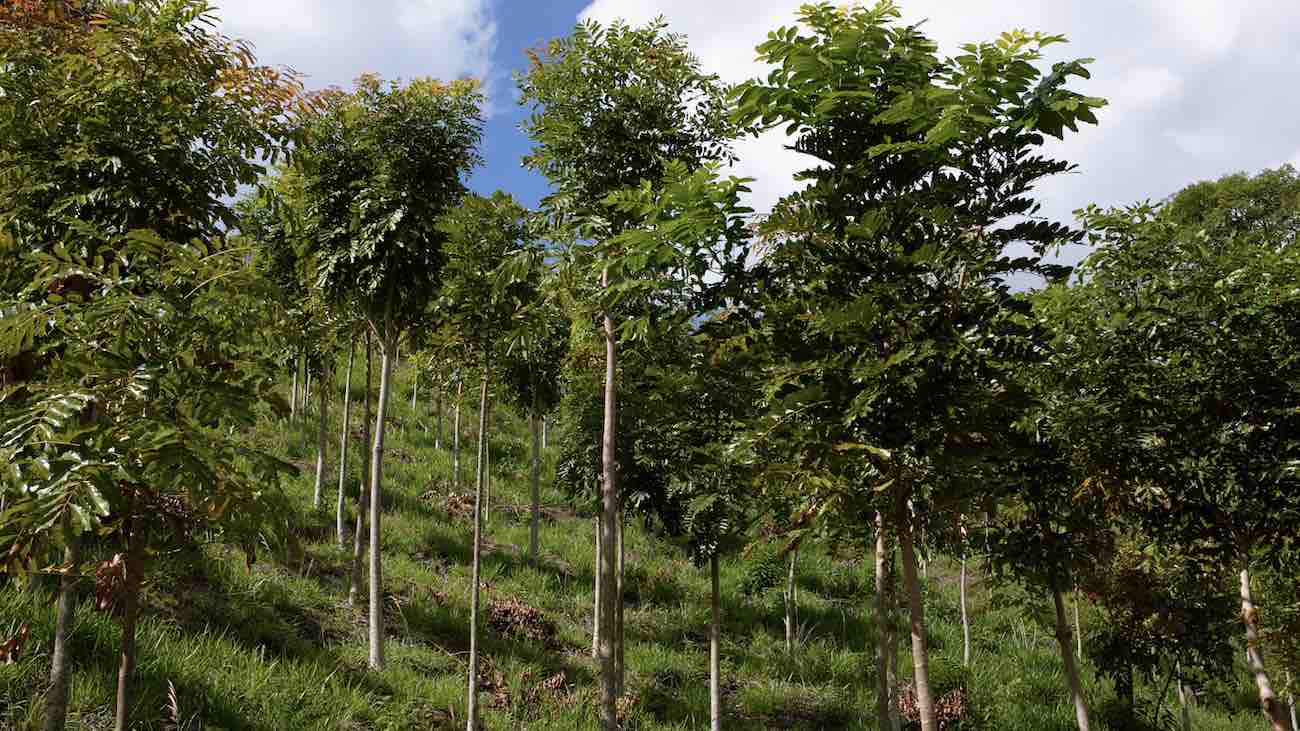
In the Madre de Dios region of southern Peru, small, artisanal gold mines and the miners that work them have become a source of inspiring environmental work.
Once slashing and burning tens of thousands of acres of jungle in search of gold which they extracted with mercury, they’re now focused on restoring the land they excavated by planting a biodiverse rainforest—and swapping the toxic mercury for more sanitary methods of mining.
Behind the project is the environmental NGO Pure Earth which sought to achieve with a delicate touch what local and national governments failed to achieve with aggressive legislation and police raids.
Realizing that the miners, despite coming mostly from the Andes regions, took no pleasure in the clearing of pristine tropical rainforest, and that even after the price of gold skyrocketed following the 2008 Financial Crisis, they were operating on “a lot of stick but not much carrot,” Pure Earth gradually gained their trust enough to set up a pilot program.
“It feels good to see the forest grow back,” Pedro Ynfantes, a 66-year-old miner whose legal mining concession of 1,110 acres included a 10-acre patch of land for the pilot program, told NPR. “We don’t want to deforest. When we had the opportunity to let the forest grow back, we took it. It’s much better this way.”
There are dozens of understory and canopy species growing now and Ynfantes’ land, each tagged with scientific and local names in order to raise just a little bit the collective sense of knowledge and responsibility the miners have while operating in the mighty Amazon.
Bordering Brazil, Bolivia, and the other Peruvian parts of the Amazon Basin, Madre de Dios is almost entirely Amazonian rainforest, and contains a variety of tribal groups who live in large forest reserves, and, according to legend, a lost city of the Inca. More tangibly, it is a stronghold of biodiversity for the western reaches of the Amazon Basin and an emerging tourist destination.
MINING STORIES: Officials in Zambia Unite to Halt Mining Permits in Pristine Wilderness in Africa
It isn’t only for the sake of Western-style environmentalism that the miners are replanting on their concessions, but also for the sake of the health of the community. Madre de Dios, and Peru more generally, suffers from some of the highest rates of mercury poisoning in the world, causing developmental delays for children and other neurological problems, as well as significant damage to the lungs and kidneys, and immune system dysfunction.
Recently, Pure Earth helped four artisanal and small-scale gold mining communities in Madre de Dios achieve the internationally-recognized Fairmined Certification, which proves their mining efforts are minimally damaging to the environment and human health by pairing their reforestation efforts with a switch away from using mercury to extract gold.
MORE RESPONSIBLE EXTRACTION: As the World Runs on Lithium, Researchers Develop Clean Method to Get It From Water
Since 2014, 1,7 tons of certified gold have been sold to the international market, empowering more than 3,000 miners from certified mining organizations, according to Pure Earth. In return for their commitment to responsible mining practices, mining organizations have received more than 7 million dollars of Fairmined premium.
This substantial economic recognition not only validates their dedication but also serves as a compelling incentive for continued investments in technical enhancements that make mining gold a minimally invasive procedure.
WATCH a short video of one of the mining sites below…
SHARE This Inspiring Story Of Responsible Miners Changing Their Practices For The Sake Of Us All…




















